| TALES OF HEATH & POND |
VISITOR'S GUEST BOOK | HISTORY OF THE HEATH & POND | GUESTS' PHOTOGRAPHS | SOURCES OF INFORMATION | VIDEOS | SITE MAP |
Trees-1
This won't be a page about whole trees - rather it is a page about parts of trees - their bark, patterns on the trunk and tree stumps, all of which we hope will be photogenic!
To see a larger copy of each image click on it; to see the next large image click at the right of the image, to go back click on the left of the image. To close a large image click on the cross in the top right hand corner.
New photographs are usually added to the bottom of the page - click to go to the bottom of this page
2021 |
||
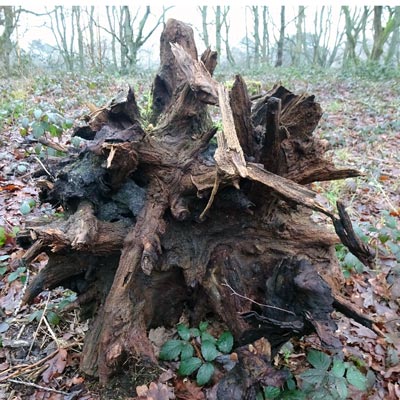 |
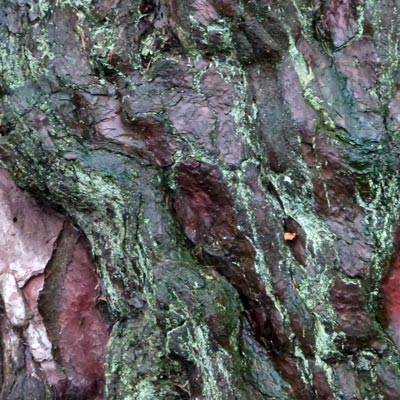 |
|
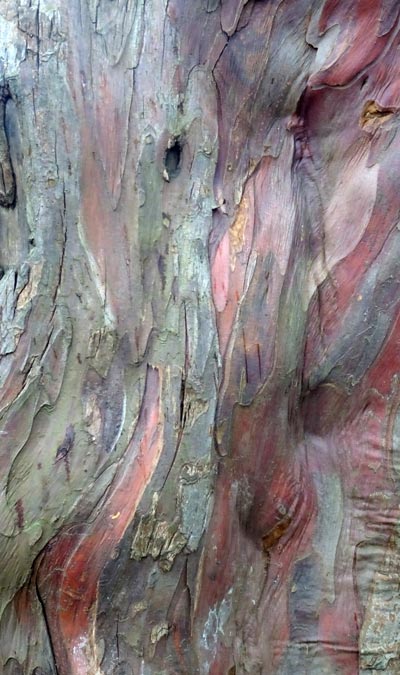 |
Understanding the relationship between the roots of trees and mycorrhizal fungi has completely shifted the way we think about the world underneath them. A pinch of soil can hold up to seven miles worth of coiled, tubular, thread-like fungi. The fungi release tubes called hyphae which infiltrate the soil and roots in a non-invasive way, creating a tie between tree and fungus at a cellular level. It is this bond which is called mycorrhiza. As a result, plants 20m away from each other can be connected in the same way as plants connected 200 metres away; a hyphal network forms which brings the organisms into connection. At the heart of the mutualistic relationship is an exchange; the fungi have minerals which the tree needs, and the trees have carbon (which is essentially food) which the fungi need. The trees receive nitrogen for things such as lignin – a component which keep the trees upright, and various other minerals such as phosphorus, magnesium, calcium, copper and more. In return, fungi get the sugars they need from the trees’ ongoing photosynthesis to energise their activities and build their bodies. The connection runs so deep that 20-80% of a tree’s sugar can be transferred to the fungi, while the transfer of nitrogen to trees is such that without the swap, trees would be toy-sized.
|
|
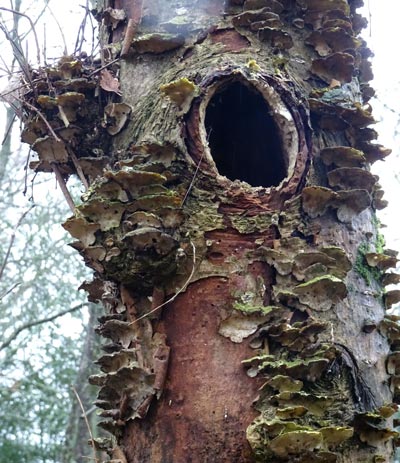 |
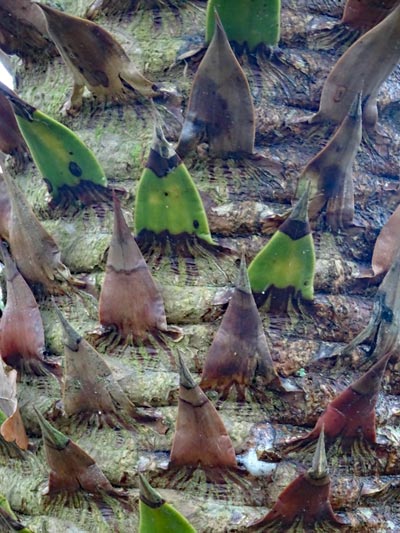 |
|
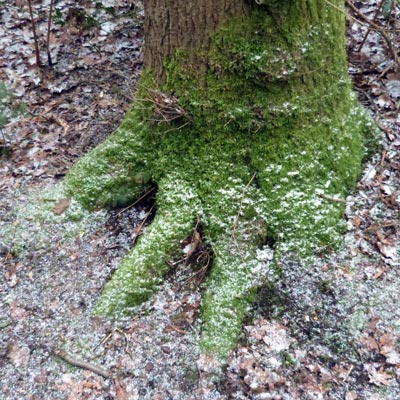 |
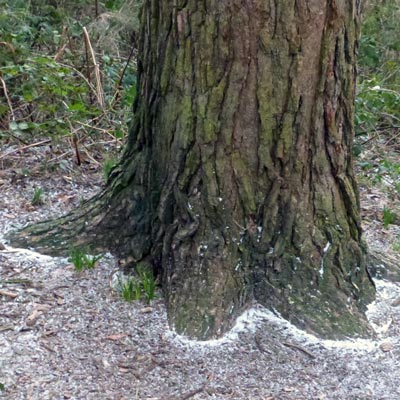 |
|
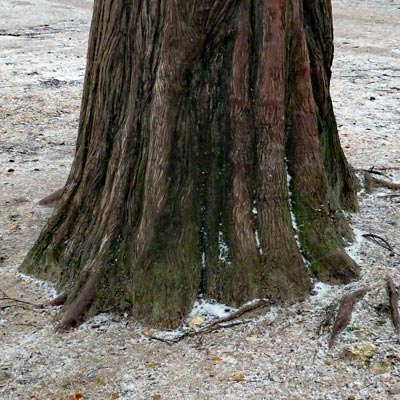 |
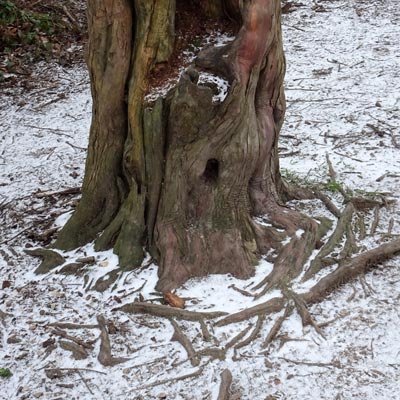 |
|
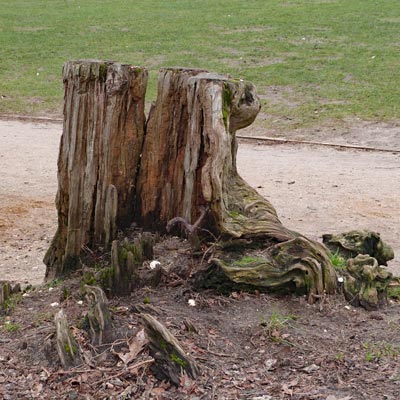 |
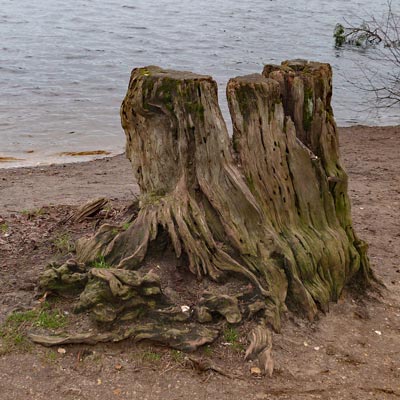 |
|
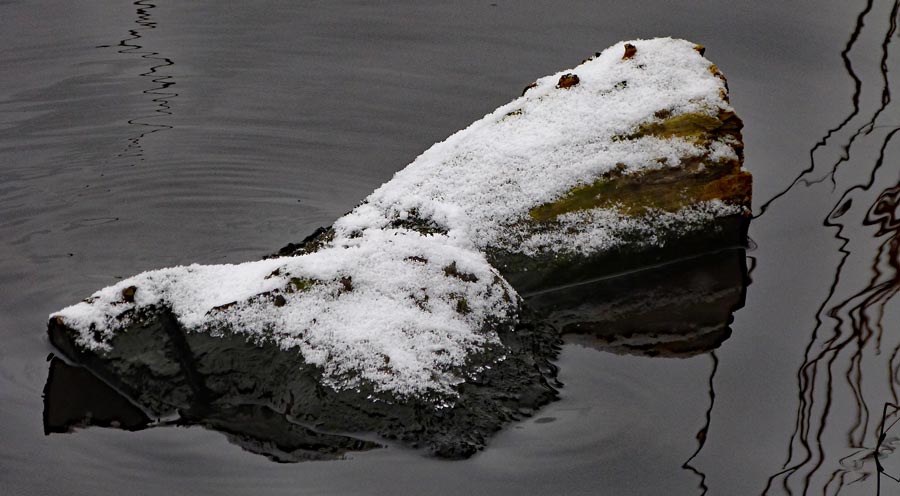 |
||
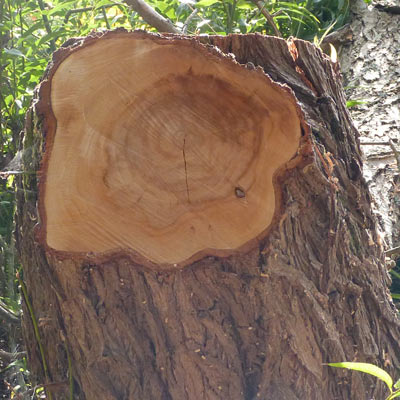 |
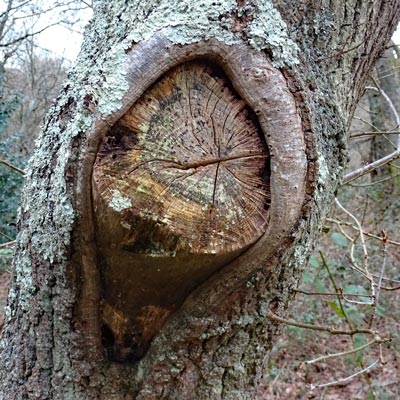 |
|
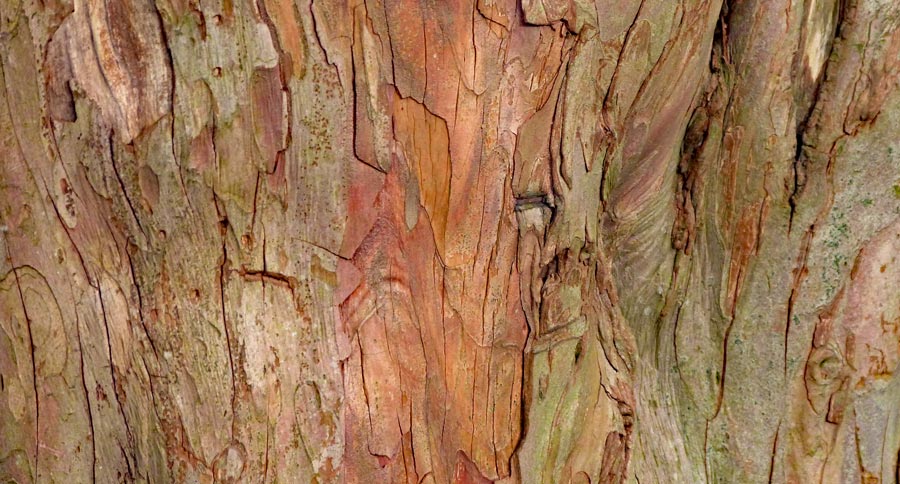 |
||
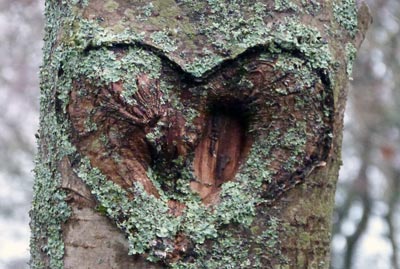 |
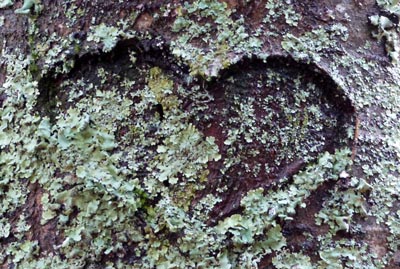 |
|
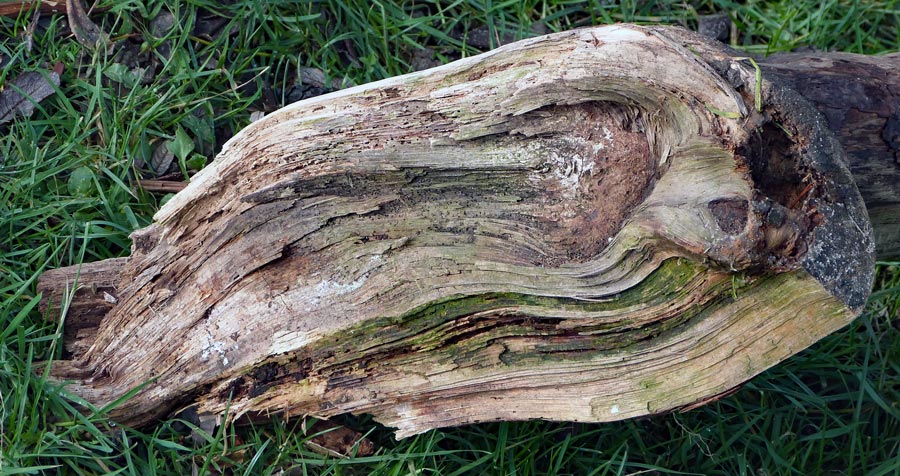 |
||
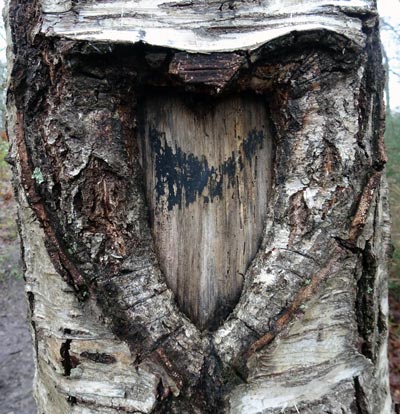 |
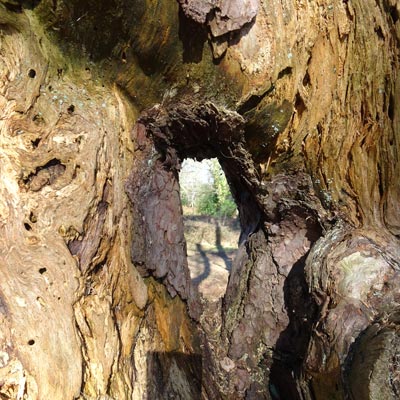 |
|
 |
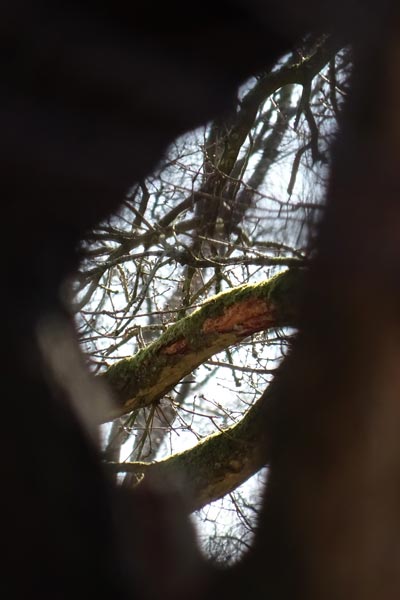 |
|
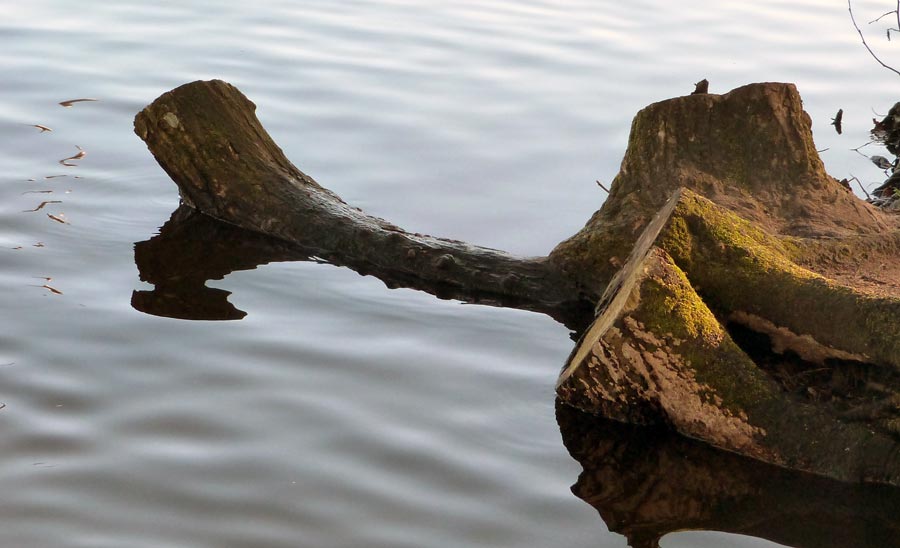 |
||
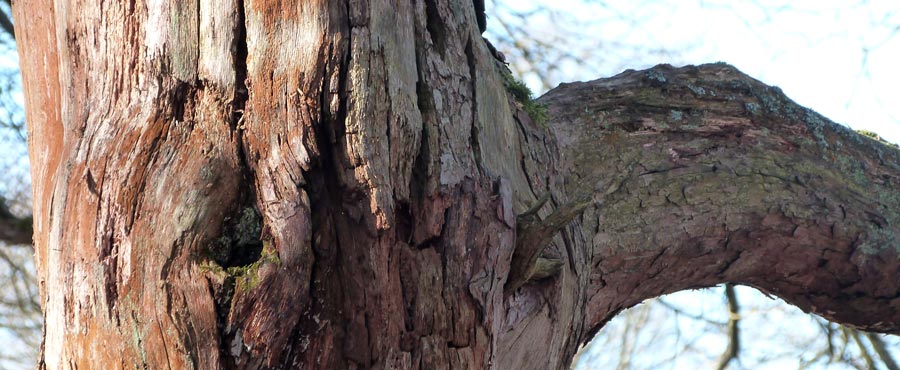 |
||
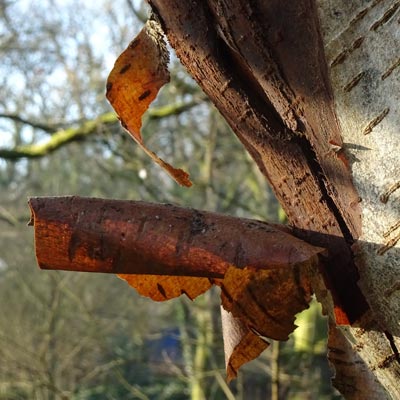 |
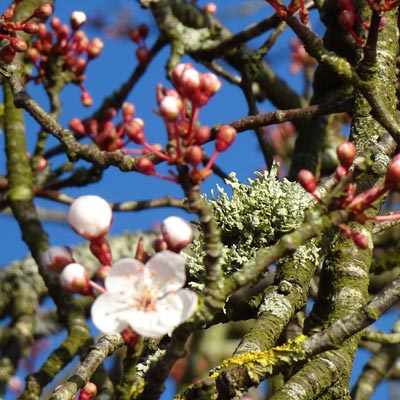 |
|
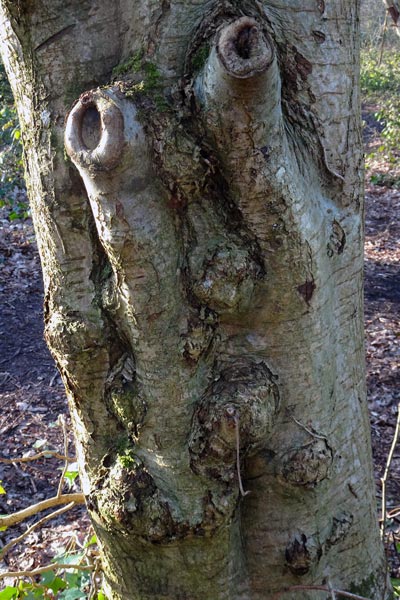 |
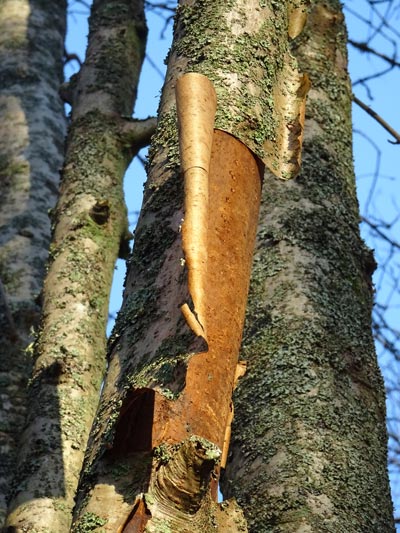 |
|
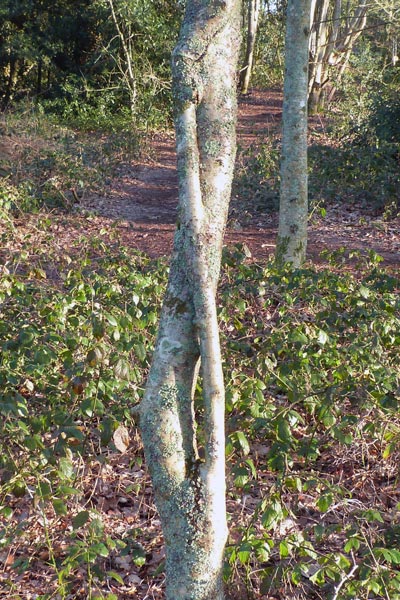 |
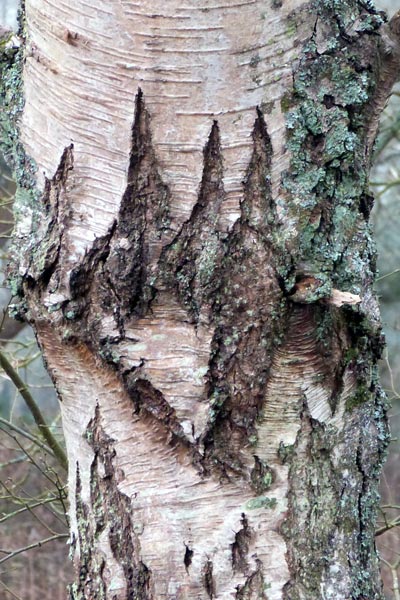 |
|
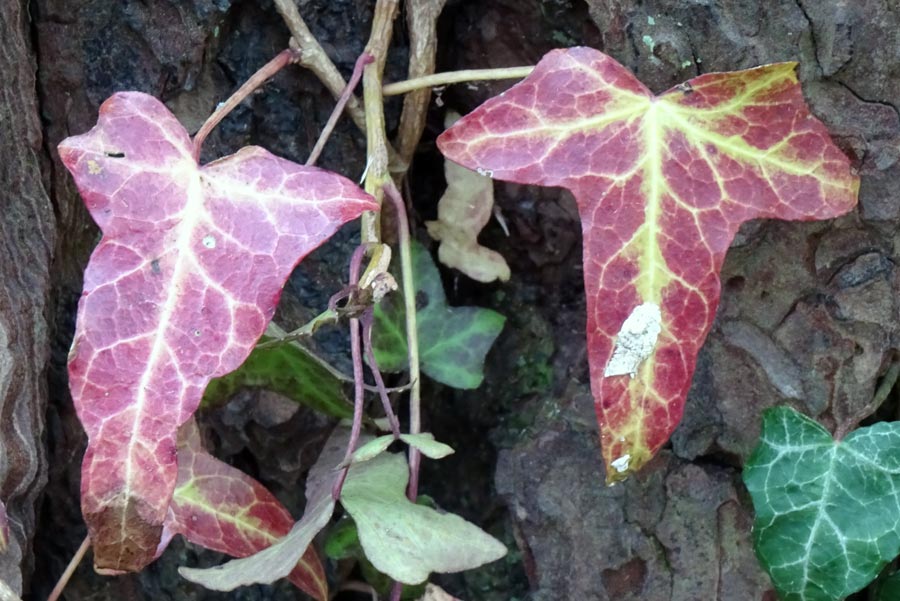 |
||
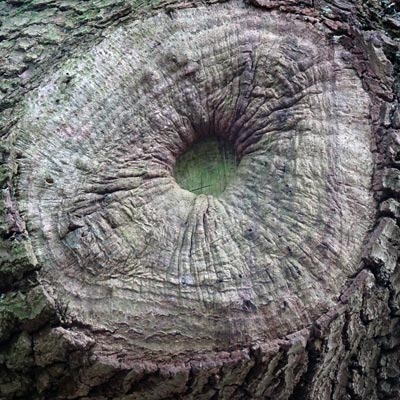 |
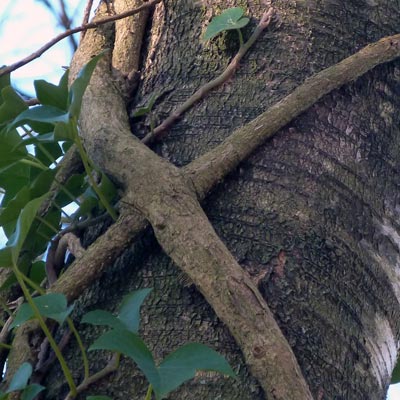 |
|
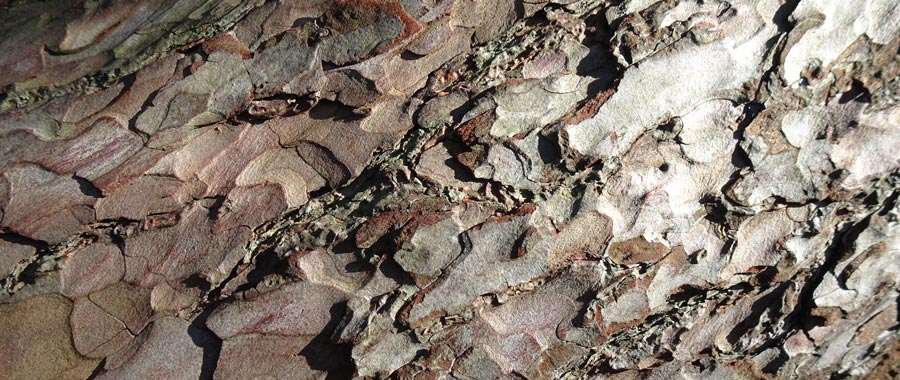 |
||
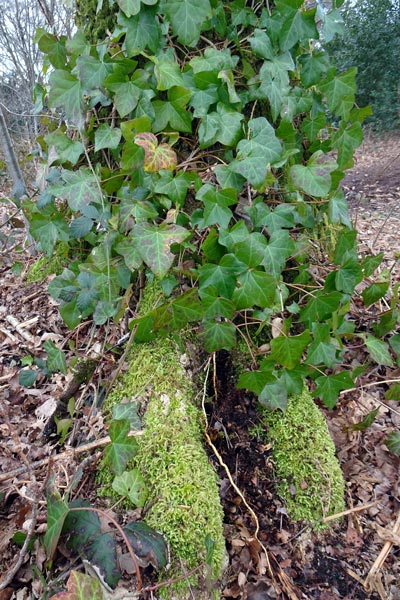 |
||
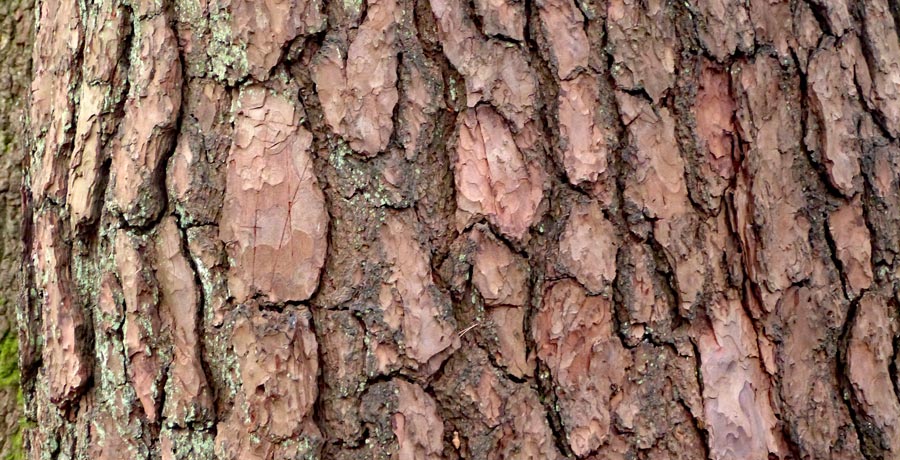 |
||
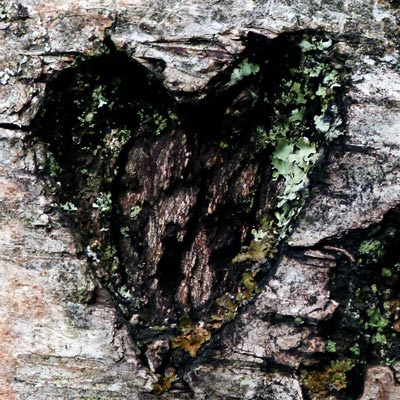 |
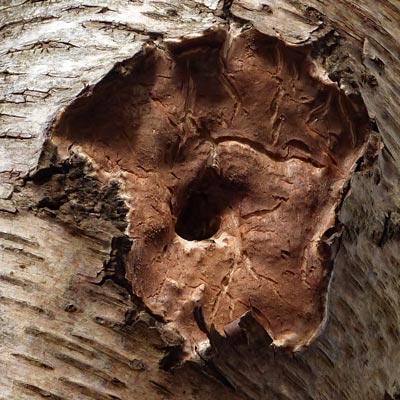 |
|
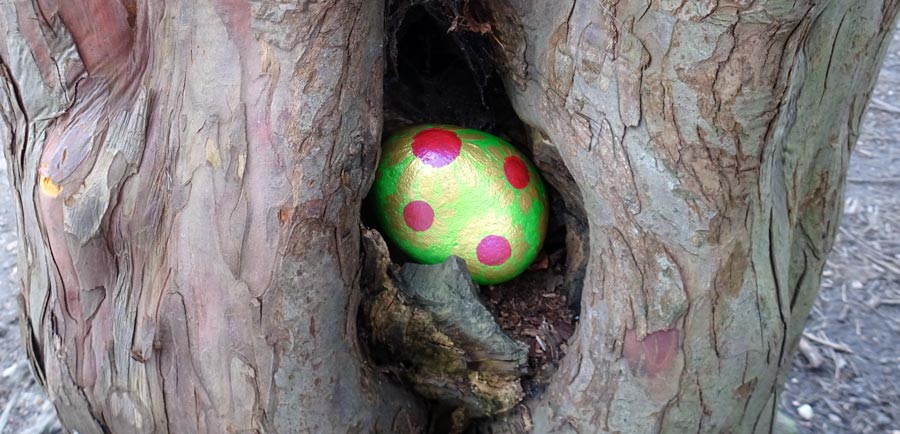 |
||
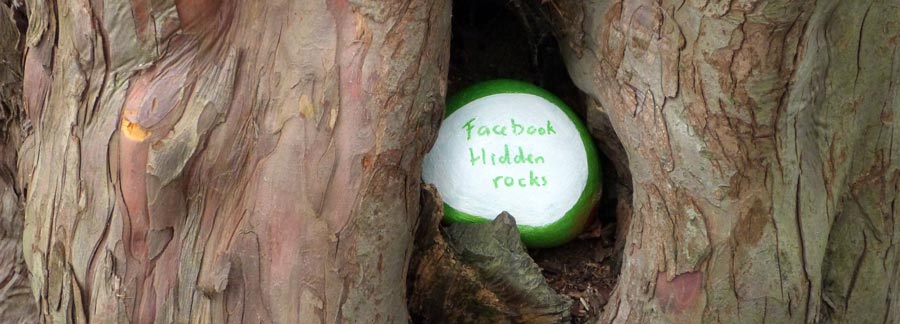 |
||
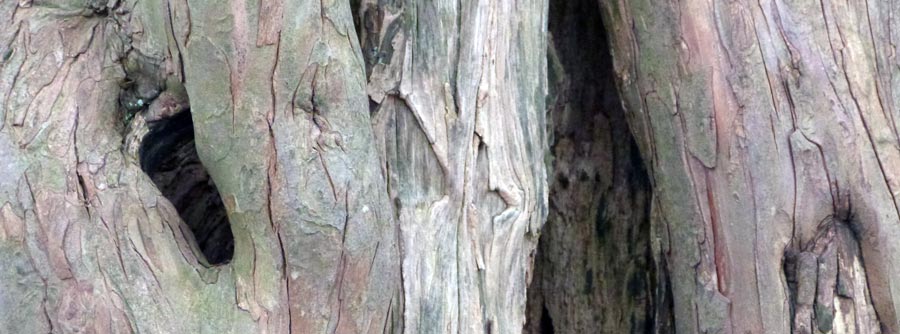 |
||
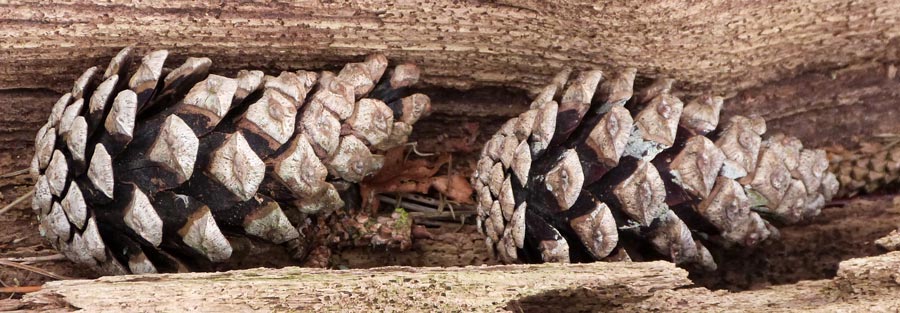 |
||
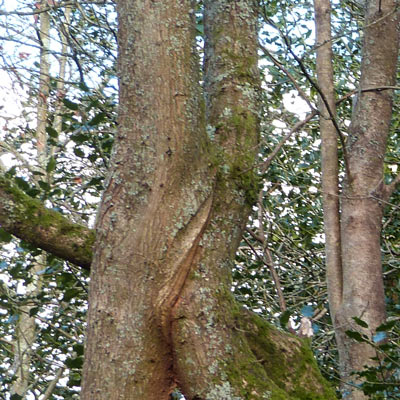 |
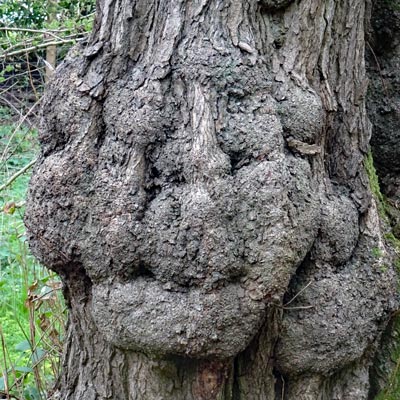 |
|
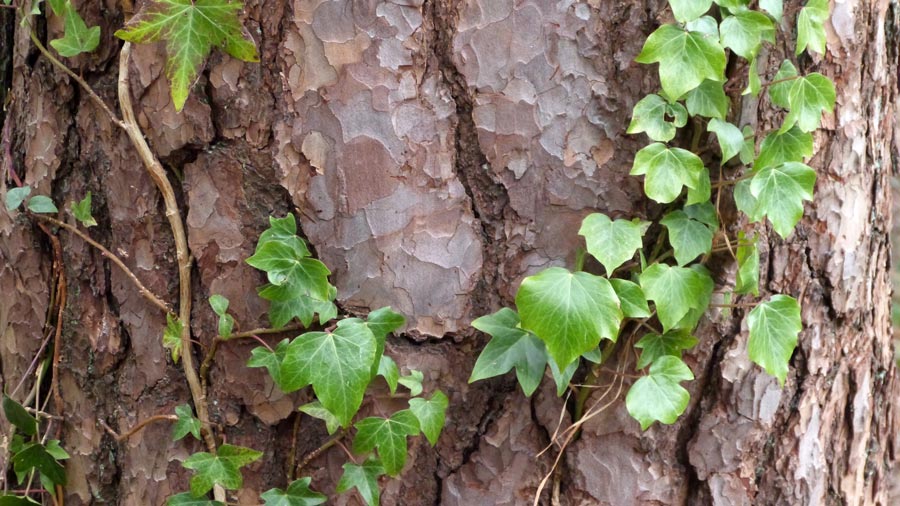 |
||
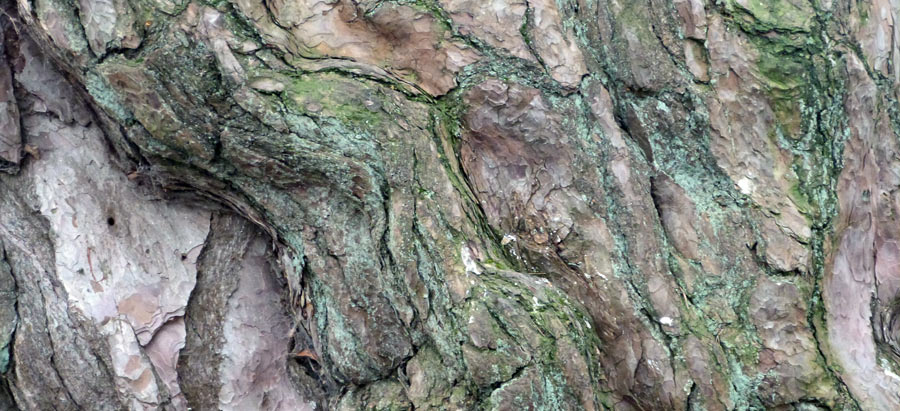 |
||
| Go to the top of this page | ||